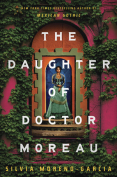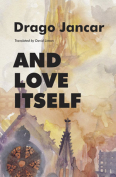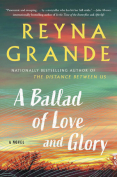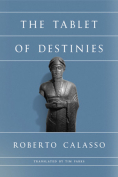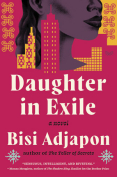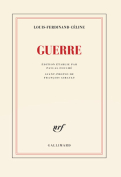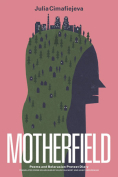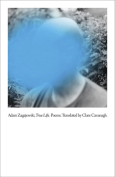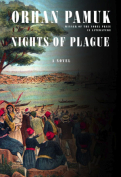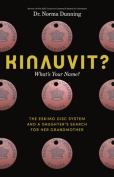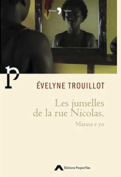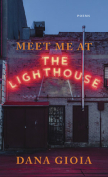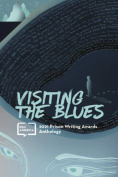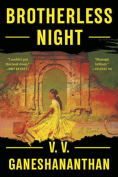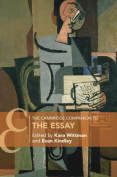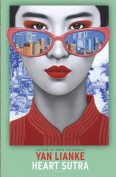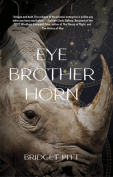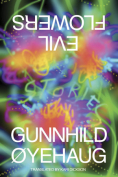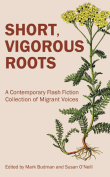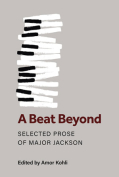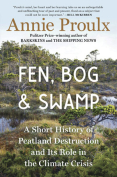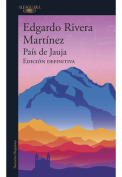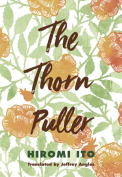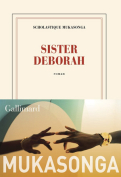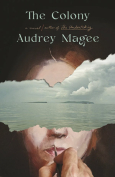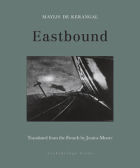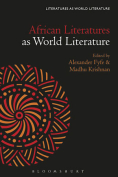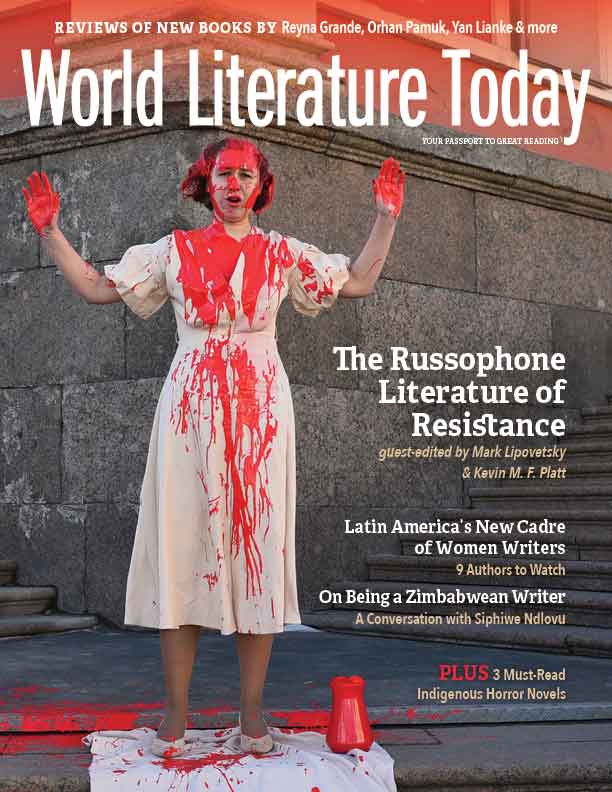African Literatures as World Literature
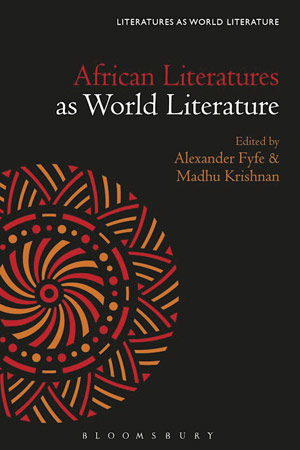 New York. Bloomsbury Academic. 2022. 268 pages.
New York. Bloomsbury Academic. 2022. 268 pages.
AFRICAN LITERATURES as World Literature is in the Literatures as World Literature series, described as “a novel approach to world literature by analyzing specific constellations—according to language, nation, form, or theme.” However, “African literatures” are not united by language, nationality, form, or theme! The first book in the series dealing with the literatures of a continent unified by culture, one would expect the series editor to add “culture” to the defining “constellations” of world literature.
In the introductory chapter, Alexander Fyfe and Madhu Krishnan, the editors, lay the theoretical groundwork and issues that undergird the rest of the book. They assert that “world literature, specifically, bifurcates around two interrelated modes: the affirmative and the critical.” They go on to define world literature as a “practice . . . intricately bound not only to the circuits of production, circulation and consecration through which ‘a literature’ as such is produced but also through its inextricable ties with the external world.” The editors emphasize works written in African languages, “cross-border and global dialogue,” and transnational literary collaborations.
Bhakti Shringarpure’s “‘African Borders Are Unnatural’: Nairobi and the Rise of a World Literature” uses Nairobi as a case study of African literature engaging with migration, mobility, nomadism, exile, and itinerancy. The author discusses how Binyavanga Wainaina and Joy Mboya deploy cosmopolitan experiences of Nairobi in their respective novels. These writers and the literary magazines such as Jalada and Lolwe move the literary conversation beyond the local and national to “a more cosmopolitan, border-defying and transnational agenda.” Billy Kahora rejects Shringarpure’s argument about Nairobi, the headquarters of “humanitarian consciousness,” as inspiring literary creativity and observes that “more often than not, the African novel is now written in the West.”
Sarah Arens’s chapter discusses the francophone Alain Mabanckou’s and Koli Jean Bofane’s novels set in the two Congo nations, respectively, that “present different visions of African intellectual and literary engagements with the world,” which make African literature in French a type of world literature. Another chapter discusses “Kaisa,” a narrative Swahili poem set in Angoche in northern Mozambique as world literature. Similarly, early Sesotho, isiXhosa, and isiZulu writings are discussed. Clarissa Vierke and Chapane Mutiua seem to strain to describe these works in indigenous South African languages as “world literature.”
The ninth chapter, again on Kenyan and Swahili literatures, emphasizes the aesthetics of book production. Lola Shoneyin’s chapter on the Aké Festival focuses on the “African world stage” and the Ake Review. She is more “concerned about what Africans think about the works of other Africans than what Western readers think of books authored by Africans.” I find Doseline Kiguru’s “Contemporary African Literature and Celebrity Capital” very detailed and exhilarating in its analysis of “celebrity capital.” Penny Cartwright discusses two of Binyavanga Wainaina’s works as “reversing the global media lens.” The last chapter discusses precolonial Fante treatises and essays as literature rather than history.
The essays disproportionately represent African literature with eight chapters covering “world literature” issues in Eastern and South African literatures, two dealing with West African productions, and one with the two Congo nations. There is no single chapter touching on the literature(s) of the Maghreb or North Africa. There are two essays on Nairobi alone, and, adding the essays on Wainaina and Swahili, about five chapters on Kenyan literary productions! This overemphasis on Eastern African literary representations in this book is not borne out by the reality of available literary productions in Africa. In many of the chapters that relate to Kenya and “engaging the world,” Wainaina is focused on, and it becomes a form of overkill.
There is the impression that world literature has only to do with fiction, as the notion of the novel as the “currency” of world literature is promoted. I believe poetry and drama can also be parts of world literature. “Kaisa,” itself a poetic narrative, is the only poetry discussed. There are plays such as Wole Soyinka’s Death and the King’s Horseman that belong to the world literature category.
The contributors may not be familiar names in African literary scholarship with professors and many young scholars and artists/writers related to literature. However, the high quality and coherence of the contributions more than make up for that and the lack of total representation of Africa. One comes out of reading this book with a deeper understanding of how literatures can be seen as “world literature.” Apart from two or so chapters that seem to strain to confer “world literature” status on some works, this is a welcome addition to the discourse of African literatures as world literature.
Tanure Ojaide
University of North Carolina at Charlotte
